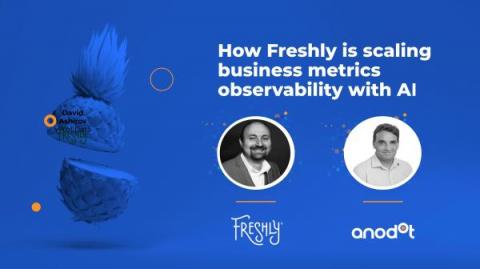AWS Savings Plan: All You Need to Know
Organizations using Amazon Web Services (AWS) cloud traditionally leveraged Reserved Instances (RI) to realize cost savings by committing to the use of a specific instance type and operating system within the AWS region. Nearly 2 years ago, AWS rolled out a new program called Savings Plans, which give companies a new way to reduce costs by making an advanced commitment of a one-year or three-year fixed term.




